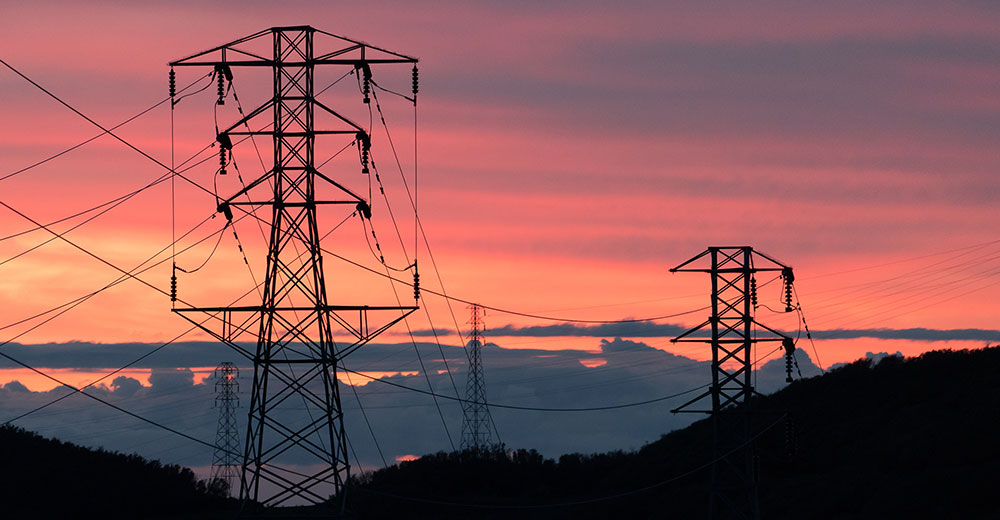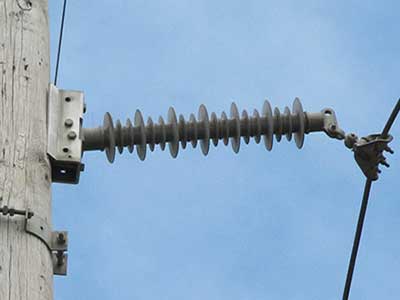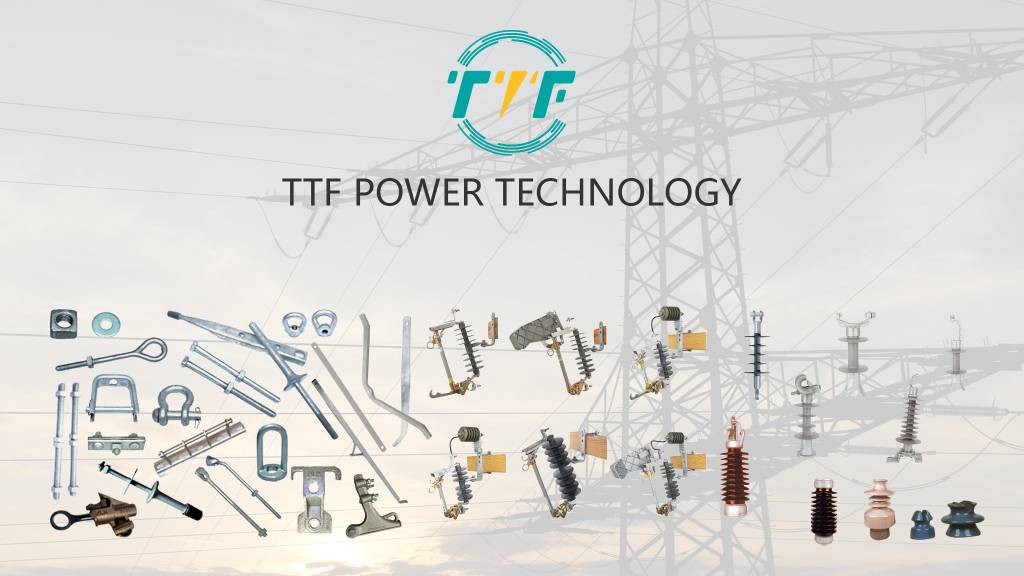
Colombia has made significant steps in renewable energy adoption by speeding up its transition to a cleaner, more resilient power grid. This depends on the country overcoming key challenges while leveraging its natural benefits. Colombia is rich in renewable resources such as hydropower, wind, solar, biomass, and geothermal. The country can move fast through speeding up transmission projects, streamlining permitting for solar and wind, integrating storage to balance renewables and fostering public-private partnerships. Colombia aims to increase its renewable energy share from less than 5% today to at least 30% by 2030. Integrating high levels of variable renewables need grid modernization, flexible backup systems, and smart policies to ensure stability and reliability. This can also help improve cross-border links using regional power markets. Line post insulators ensure electrical insulation, mechanical support, and grid reliability.
High-quality line post insulators maintain system stability and efficiency for increased renewable energy share. They prevent leakage currents and short circuits by isolating live conductors from grounded structures. They make sure they are able to withstand lightning strikes and switching surges in Colombia’s tropical climate. Line post insulators offer structural strength to hold power lines under high winds. They are from polymer or porcelain materials that are resistant to UV radiation, humidity and pollution, heavy rains, and landslides. In renewable energy, smart grid-ready insulators can integrate sensors to track line temperature and corrosion. Lightweight polymer insulators are easier to install in off-grid solar and wind microgrids. They also reduce maintenance needs in hard-to-access regions in Colombia.
Line post insulators in Colombia’s power grid expansion
Using reliable and resilient components ins crucial in expanding Colombia’s power grid to support growing share of renewable energy. line post insulators ensure the mechanical stability and electrical insulation of overhead distribution and transmission systems. They help in integrating clean energy sources and modernizing aging grid. They are able to combine mechanical strength with high-voltage insulation which makes them a critical component in building a safer, more efficient, and more renewable-ready power network. Here are the functions of line post insulators in Colombia’s power grid expansion.

- Electrical insulation in high-voltage environments – line post insulators are able to electrically isolate live conductors from grounded structures. They ensure safe, uninterrupted power transmission.
- Mechanical support and conductor stability – the insulators provide rigid mechanical support to conductors. Line post insulators withstand heavy conductor loads and tension, resist environmental forces, and maintain conductor alignment.
- Adaptability to harsh environmental conditions – line post insulators are able to resist high humidity, UV exposure, and pollution. They are from materials that provide resistance to contamination, minimal maintenance needs, and high dielectric strength.
- Support for compact and urban installations – line post insulators allow for compact pole designs, versatile mounting configurations, and safe clearances.
- Enabling renewable integration and grid flexibility – rooftop solar, microgrids, and hybrid systems feed into the national grid. Line post insulators ensure reliability in bidirectional power flows, support feeder reconfigurations, and enhance the safety and lifespan of upgraded lines.
Impacts of upgrading Colombia’s power grid for renewable energy
Upgrading the national power grid is crucial to unlock renewable energy transition capacity in Colombia. An outdated, centralized, and hydro-dependent grid is not enough to meet the demands of a sustainable, inclusive, and climate-resilient energy future. The impacts of upgrading Colombia’s power grid include:

- Increased renewable energy integration – upgrading the grid leads to more variable and distributed energy sources like solar and wind. Modern transmission and distribution systems helps handle intermittency, leading to increased energy generation.
- Reduced carbon emissions – a modernized grid supports the shift from fossil fuels and reduces reliance on climate-vulnerable hydropower.
- Improved energy access and equity – grid upgrades allow Colombia to extend reliable electricity to rural and underserved regions. Microgrids and mini-grid solutions are workable in off-grid areas.
- Enhanced grid reliability and efficiency – outdated infrastructure contributes to energy losses, frequent blackouts, and high maintenance costs. Upgrades lead to reduced technical losses in transmission and distribution. It also leads to more reliable service and real-time monitoring and automation for predictive maintenance and grid optimization.
- Attraction of investments – an upgraded grid helps the country attract foreign and domestic investors seeking clean energy opportunities. Also, manufacturers and suppliers of grid components such as insulators, arresters, and clamps are also attracted to Colombia.